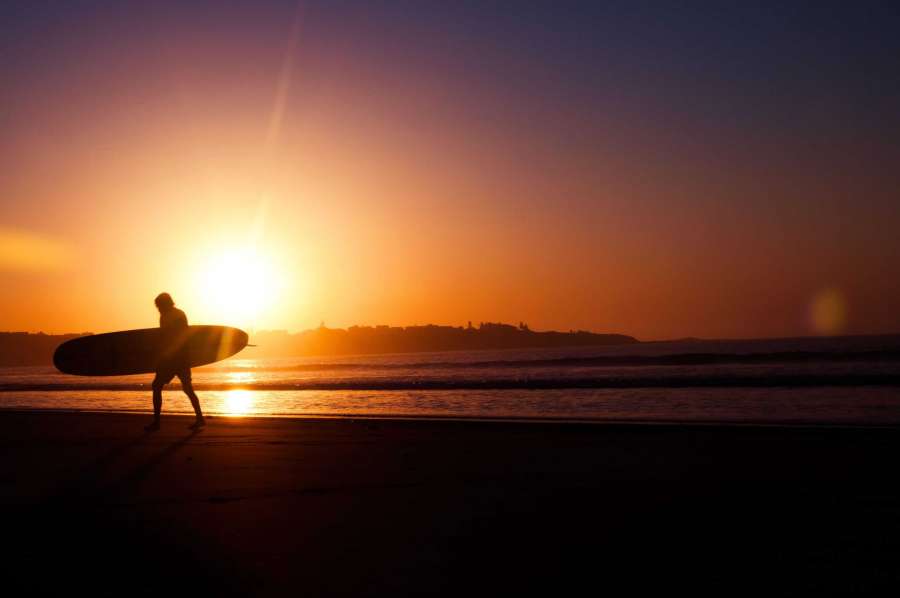Think About The Details
With landscape photography it’s all about the details. The more you can shove into your image, the better it’s going to look. Detail and depth of field are both increased by longer exposure times, so try to use the highest F-stop value (22 on most cameras) whenever possible. This will allow less light into the camera and give you more flexibility in exposing the film. If you want to use a slower ISO film (around 100) this will also pull in more detail but be careful as slow films may not be the best for all lighting situations.
[aesop_image imgwidth=”100%” img=”https://img.phototips.cc/wp-content/uploads/2015/10/spc-lanscapes7.jpeg” alt=”Shawal Ruhehi” align=”left” lightbox=”on” captionposition=”left”]
Hold Em’ Steady
While slower shutter speeds will add to your detail and depth of field, lengthening the exposure time has its own risks. Even the most steady-handed of photographers begin to run the risk of hand “shake” blur at a shutter speed of about 125, so skip this headache altogether and mount your camera on a tripod, sandbag, or flat rock. If you are using a very low shutter speed or the bulb setting on your camera, you may also want to consider picking up a cable release. This will prevent the image from being compromised by the movement of your hands pushing the shutter button.
[aesop_image imgwidth=”100%” img=”https://img.phototips.cc/wp-content/uploads/2015/10/spc-landscape-new3.jpeg” alt=”Shawal Ruhehi” align=”center” lightbox=”on” captionposition=”left”]
Aim For Something
Picture an empty room with no windows, pretty boring isn’t it? Landscapes are exactly the same as any other photograph, you need a subject to make it interesting. No matter what kind of landscape you’re taking, you want to have some type of focal point framed in the image. This may seem strange, but simply pointing a camera at a mountain and hitting the shutter isn’t going to automatically result in an amazing photograph. Think of the “story” of each photograph, and try to tell it in the frame.
[aesop_parallax img=”https://img.phototips.cc/wp-content/uploads/2015/10/spc-lanscapes3.jpeg” parallaxbg=”on” captionposition=”bottom-left” lightbox=”on” floater=”on” floaterposition=”left” floaterdirection=”up”]
Always Be Ready
Unfortunately, as a landscape photographer, you don’t have the option of scheduling the perfect shot or creating the perfect lighting when you want it. You have to be willing to work with factors outside of your control and capitalize on these factors when they work in your favor. Photographs taken in the early morning hours are much different from those taken near dusk, and those beautiful thunderstorm clouds outside your window aren’t going to stick around while you decide whether or not you feel like shooting. If you want to take incredible landscape photographs, it’s a good idea to keep your gear bag packed by the door in case something interesting starts happening outside.
[aesop_image imgwidth=”100%” img=”https://img.phototips.cc/wp-content/uploads/2015/10/spc-landscape-new6.jpeg” alt=”Shawal Ruhehi” align=”center” lightbox=”on” captionposition=”left”]
Be Patient
Although it may seem strange that landscape photography requires grabbing an interesting shot on short notice, landscape photography actually requires a lot of patience. The moments in time captured by a landscape photographer’s lens will likely never happen again in quite the same way, so be prepared to wait for the perfect shot.
So it should be no surprise that landscape photography can be deceptively complex. It seems that all a landscape photographer would need is a camera and some nice scenery, however, a good photographer really needs a bit more. A photographer needs the right equipment, a patient mindset plus an understanding of how the time, weather and photo composition all come into play into creating an outstanding image. With those couple of things, you can start taking great landscape pictures that you’ll be proud to display on your wall.
[aesop_gallery id=”1109″]
Shawal Ruhehi
Everybody calls me Shawal.
I was born in Tanzania, and am a social media expert & travel adventure photographer with twist. I say with twist because what I do as travel adventure photographer is to capture unique locations and moments. I believe a photographer is an artist who is able to capture any images with any kind of camera, even a point and shoot! Travelled the Globe, and now I am back in Tanzania, raising funds through my work to build clinics in the rural areas for the poor and provide them with free medical care.
The most amazing experiences I’ve lived are through people stories… What I try to do is to capture the locals retelling them and when they their passion shows up as they talk. If you happen to travel, be fearless, open-minded, embrace the world in front of you (not around you), and never stop asking questions because the answer you will get is the most amazing you will ever get. And travel light!
